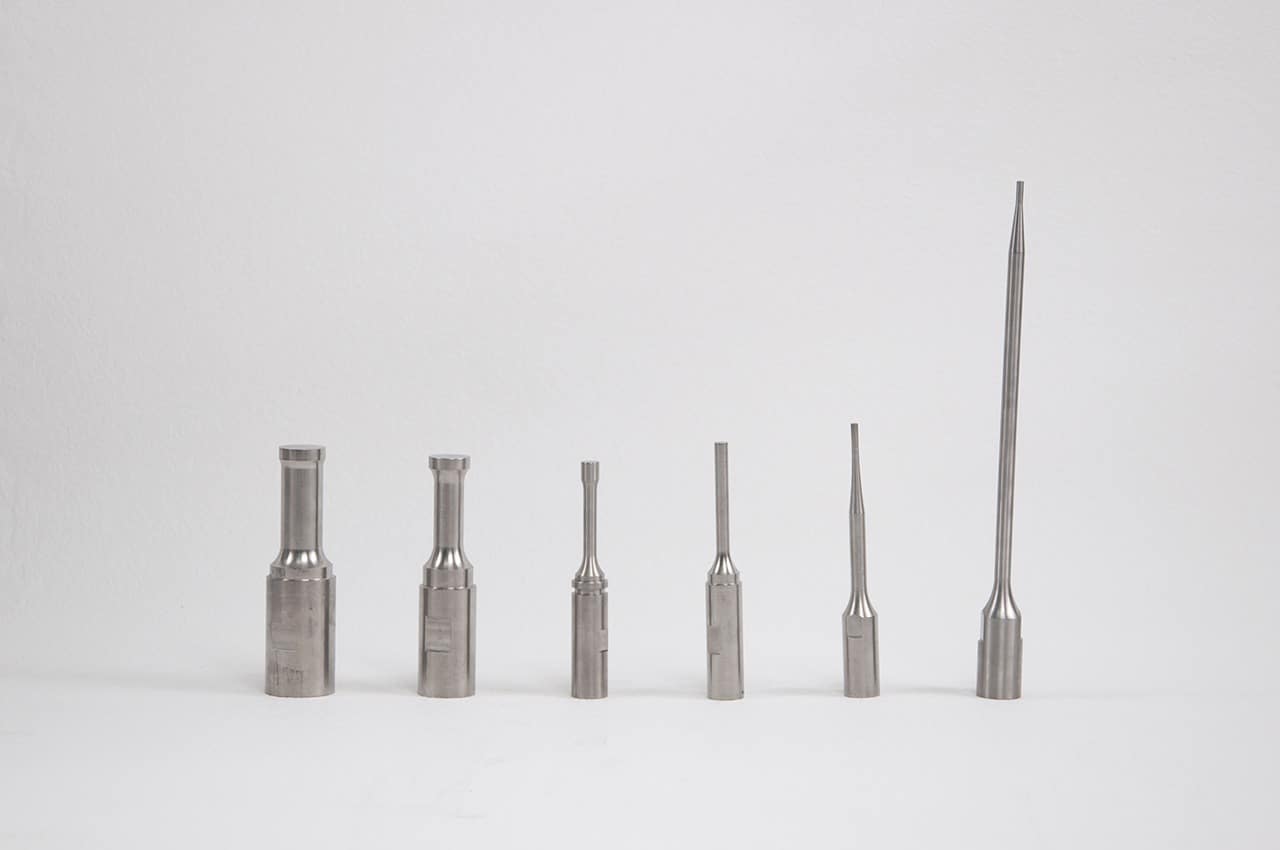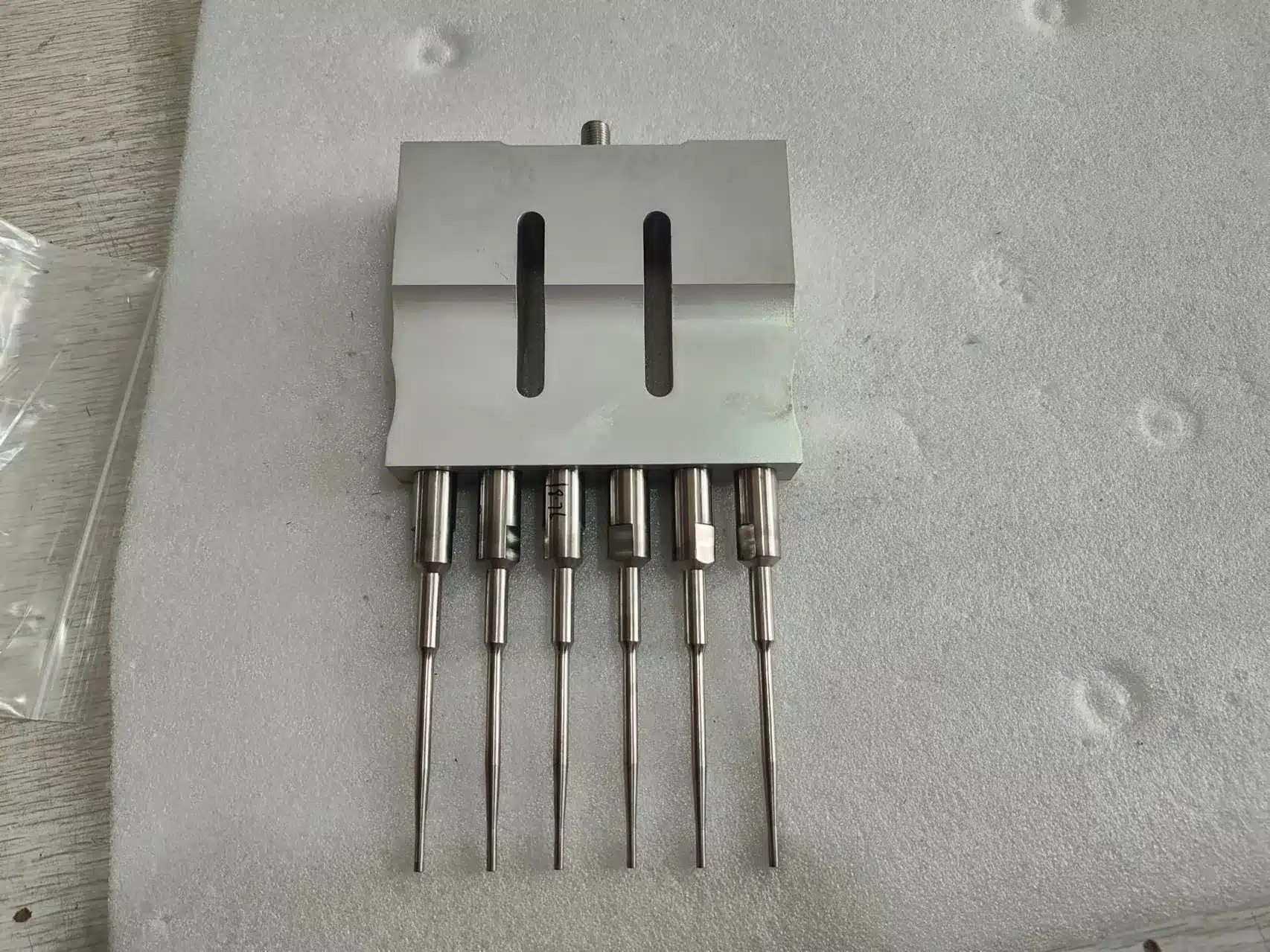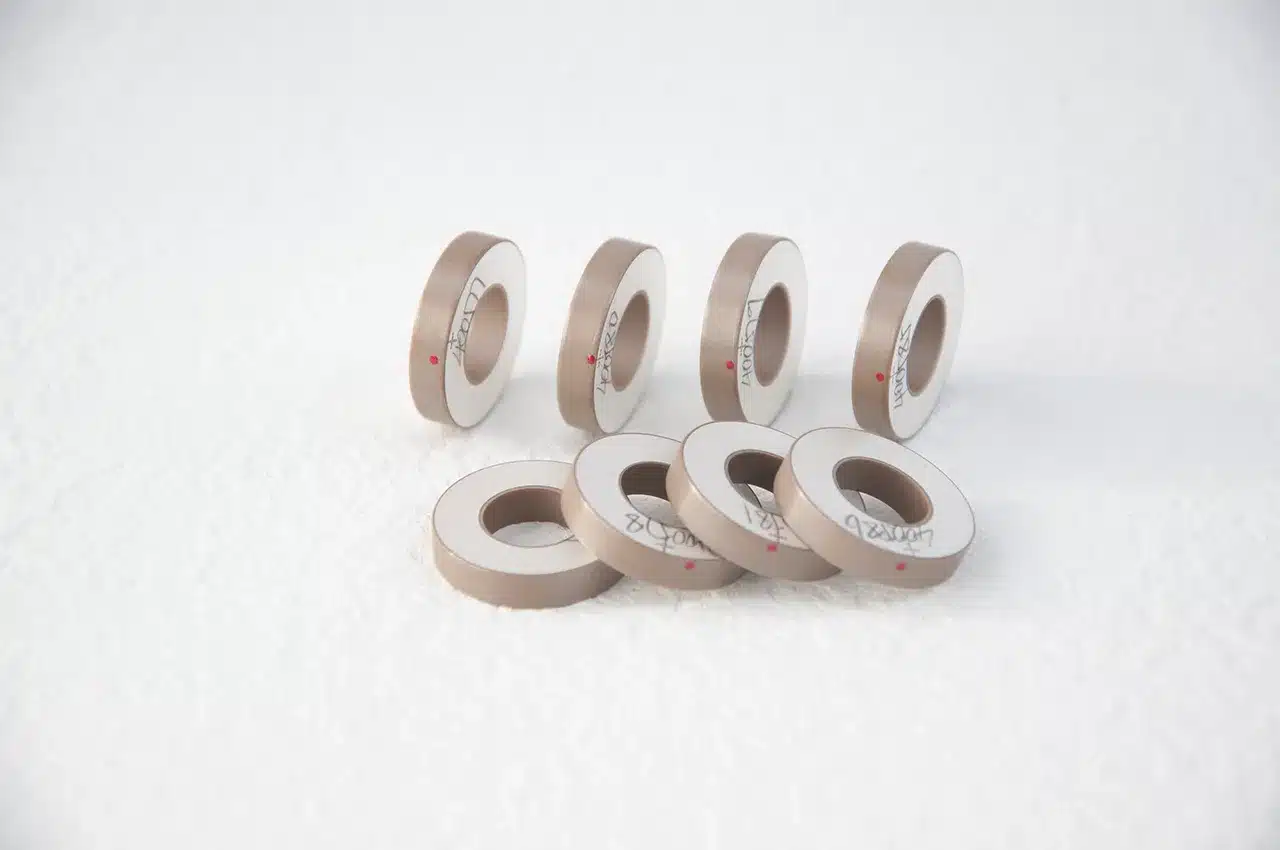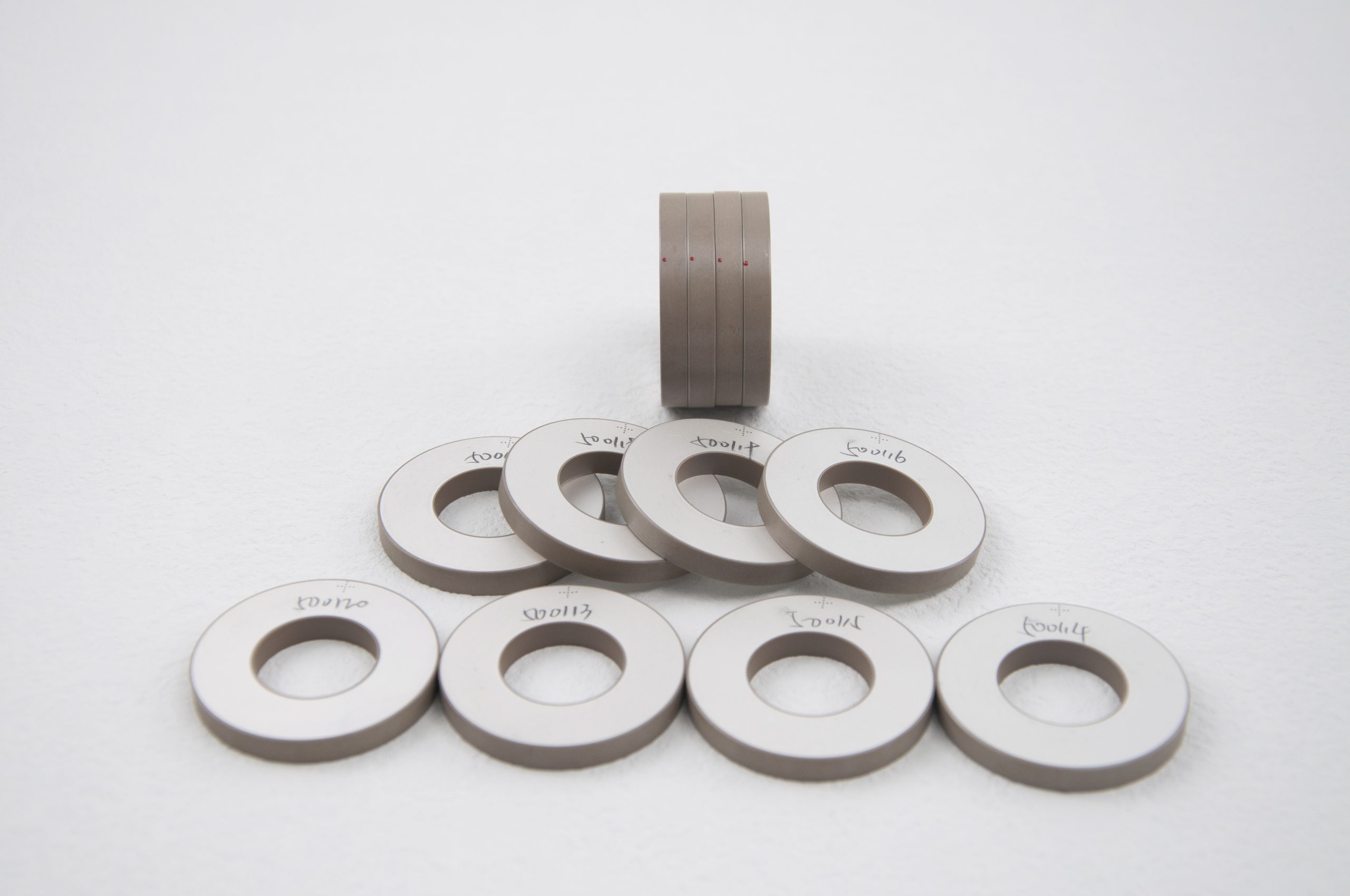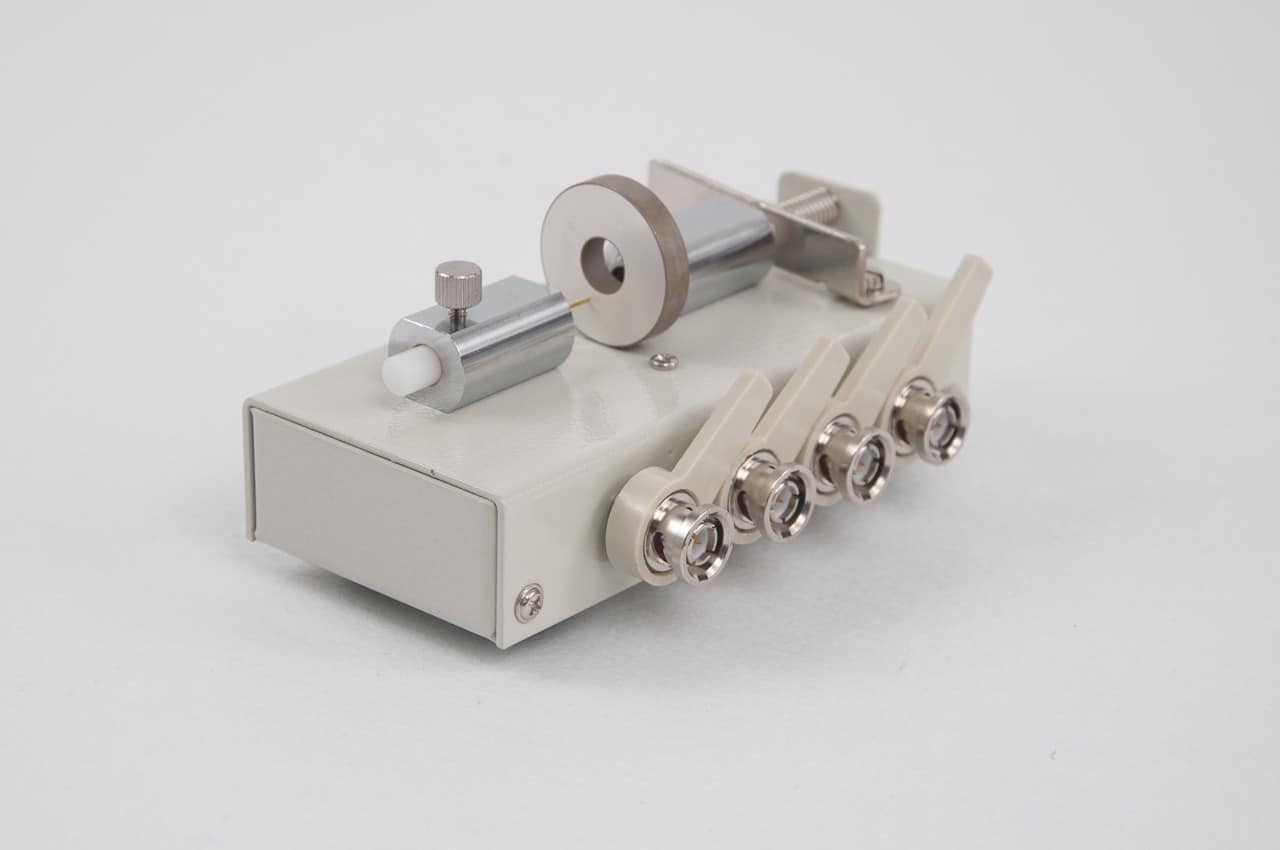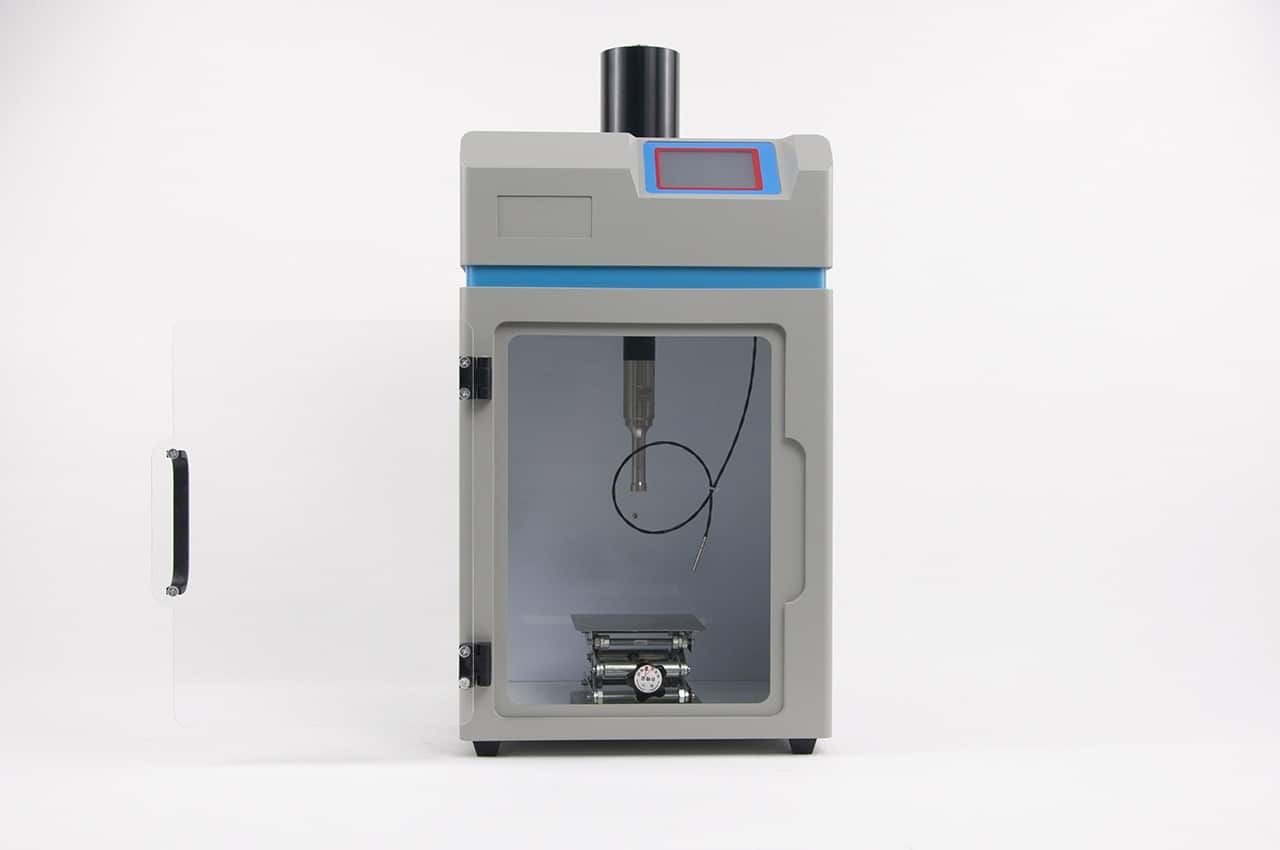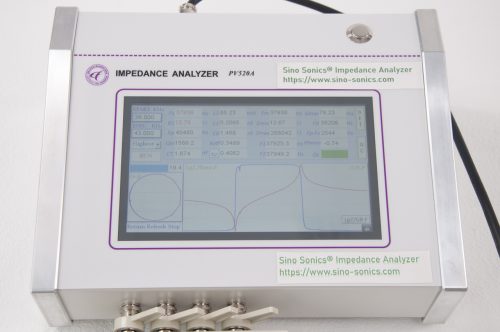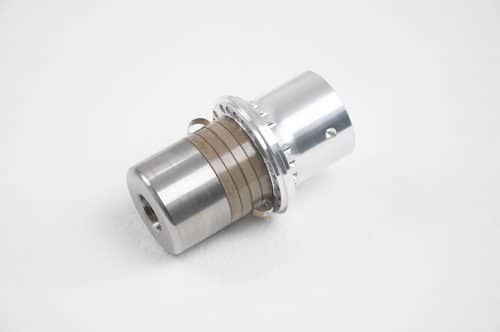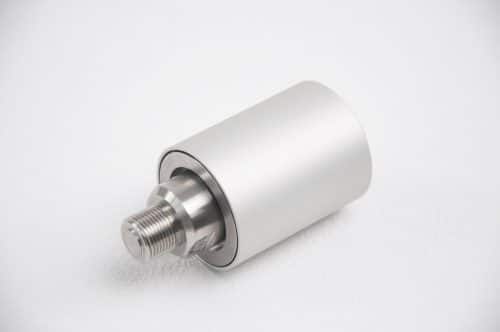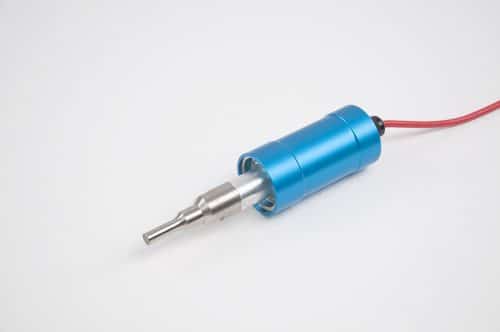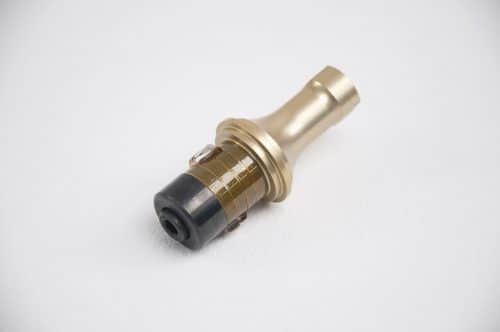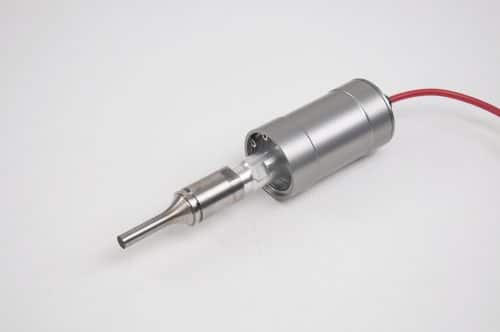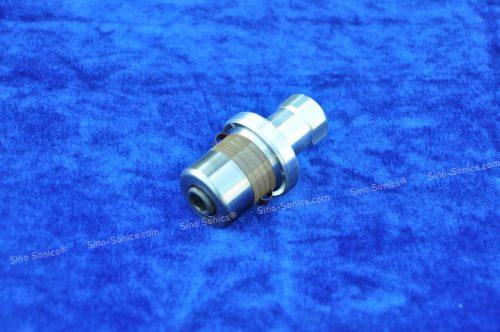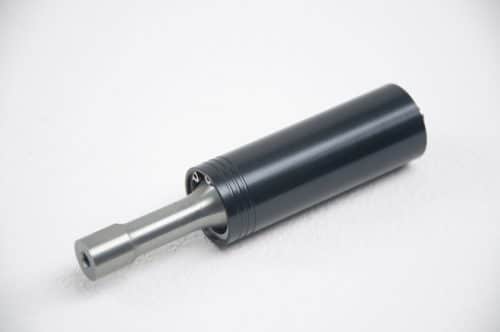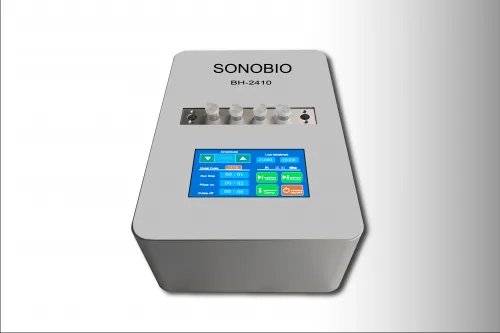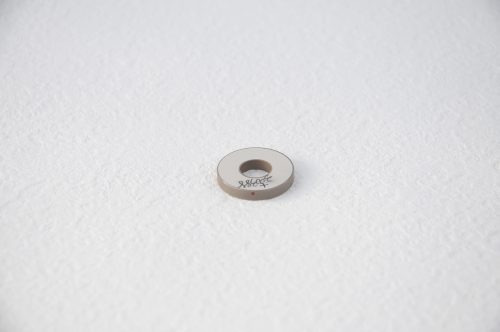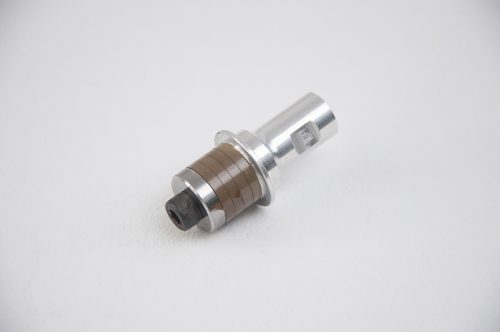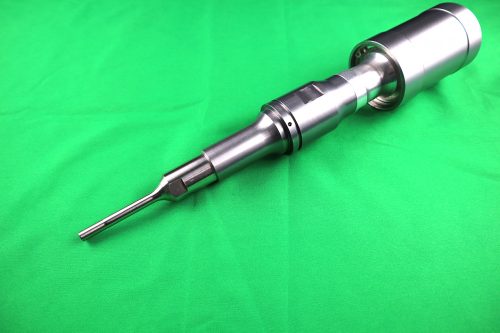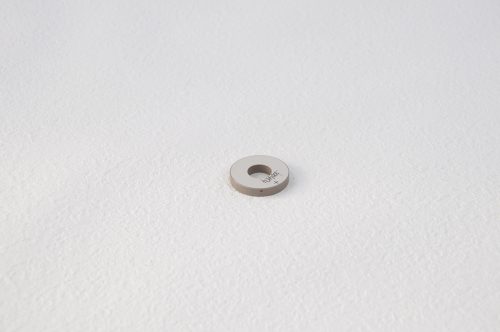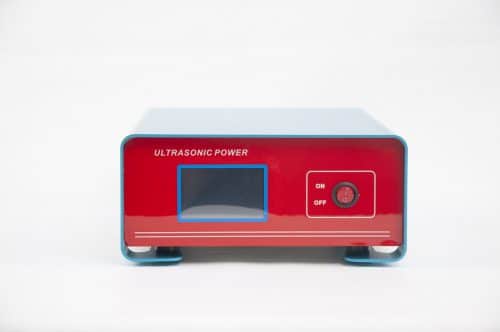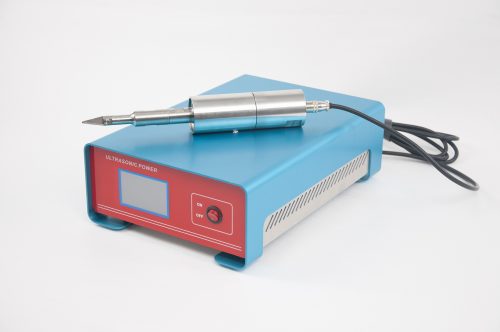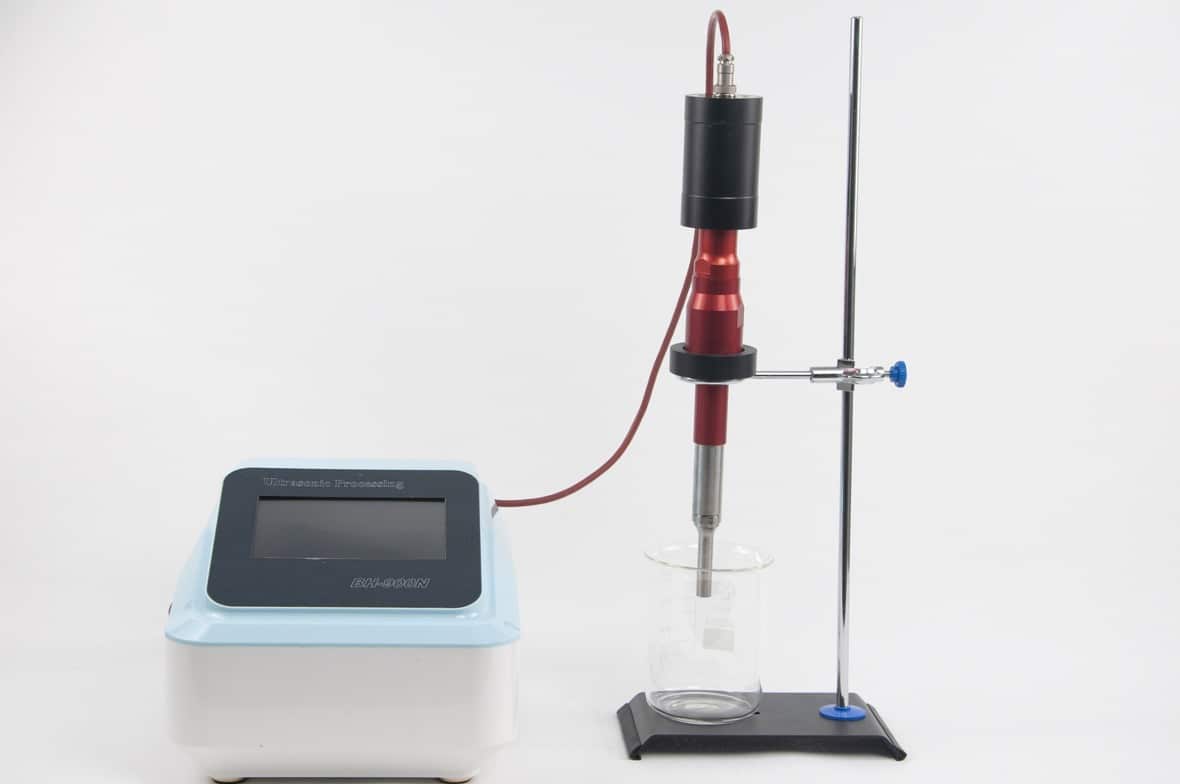
When it comes to laboratory equipment, the choice of an ultrasonic homogenizer is crucial for various applications such as nanoparticle dispersion, cell disruption, and homogenization. In this comparison, we delve into the features of two leading models: the Fisher Scientific™ Model 505 Sonic Dismembrator and the Sino Sonics Ultrasonic Homogenizer.
Starting with the Fisher Scientific™ Model 505, this device stands out for its substantial power output of 500 watts, which is ideal for high-demand applications in nanotechnology and cell homogenization. It can process sample volumes from 0.2 to 1000mL, making it versatile for different scales of operations. The programmable features ranging from 1 second to 10 hours, along with a pulse mode and energy display (measuring watts and Joules), provide precision and control in experiments. However, it is noteworthy that its price point is significantly higher at $6000 USD, and it does not include a stand.
On the other hand, the Sino Sonics Ultrasonic Homogenizer offers an array of features at a more budget-friendly price range of $1699-2199 USD. It is equipped with a 7” colored touch screen and three working modes, enhancing user experience with an easy-to-use interface. The device’s self-designed auto sweep PCB circuit operates between 19-26kHz, providing automation in frequency and power control. Its long-life titanium probe is a notable advantage, ensuring durability and resistance to high temperatures and corrosive materials. Additionally, the Sino Sonics model boasts a wide application range, similar to the Fisher Scientific model, and provides a two-year warranty for quality assurance.
Both models offer unique advantages. The Fisher Scientific model excels in power and programmability, suitable for high-end, precision-demanding laboratory environments. In contrast, the Sino Sonics homogenizer is more accessible due to its lower cost, user-friendly interface, and automation features, making it ideal for a broader range of users, including smaller labs or educational institutions.
In conclusion, the choice between these two models depends on the specific needs and budget of the laboratory. For high-powered, precise applications, the Fisher Scientific Model 505 is a robust choice, whereas for cost-effectiveness and user-friendly features, the Sino Sonics Ultrasonic Homogenizer is an excellent alternative.
Further Reading: Understanding Ultrasonic Homogenization
For more information on our range of products, visit aquí.

